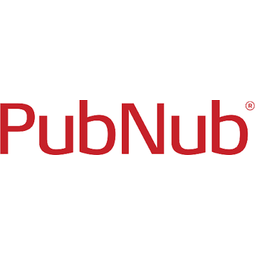Download PDF
Panzerdog's Real-Time Shooter Game: Enhancing Player Experience with IoT
Technology Category
- Analytics & Modeling - Real Time Analytics
Applicable Industries
- Cement
- Telecommunications
Use Cases
- Real-Time Location System (RTLS)
The Challenge
Panzerdog, a gaming company, had developed a fast-paced game that involved five-member squads battling each other in a dynamic, physics-driven world. The game required tactical coordination among team members, making reliable communication crucial for an immersive and competitive gaming experience. As the game gained popularity, with over 10 million global downloads, maintaining the quality of the player experience became a significant challenge. Any degradation in the gaming experience, especially in the chat feature, which was integral to gameplay, could lead to dissatisfaction among the increasingly demanding and vocal player base. This was evident from the 160,000 comments on the Google Play Store. Panzerdog initially considered building their own chat infrastructure but realized they needed a more robust solution.
About The Customer
Panzerdog is a gaming company known for its fast-paced, team-based game that involves five-member squads battling each other in a dynamic, physics-driven world. The game has gained significant popularity, with over 10 million global downloads. The company is committed to providing an immersive and competitive gaming experience, which requires reliable communication among team members. As the game's popularity continues to grow, Panzerdog is focused on maintaining the quality of the player experience and expanding into more markets around the world.
The Solution
To address the challenge, Panzerdog implemented PubNub Chat, a solution that offered both reliability and scalability. This ensured that players could focus on the game without disruptions, enhancing the overall gaming experience. The real-time chat feature also added to the game's realism, attracting more fans. The implementation of PubNub Chat also gave Panzerdog the confidence to expand into more markets and countries, including China. As the game continues to grow beyond tens of thousands of Monthly Active Users (MAUs), Panzerdog can now be confident that the player experience will remain high-quality, regardless of the increasing number of fans.
Operational Impact
Quantitative Benefit
Related Case Studies.

Case Study
System 800xA at Indian Cement Plants
Chettinad Cement recognized that further efficiencies could be achieved in its cement manufacturing process. It looked to investing in comprehensive operational and control technologies to manage and derive productivity and energy efficiency gains from the assets on Line 2, their second plant in India.

Case Study
Vodafone Hosted On AWS
Vodafone found that traffic for the applications peak during the four-month period when the international cricket season is at its height in Australia. During the 2011/2012 cricket season, 700,000 consumers downloaded the Cricket Live Australia application. Vodafone needed to be able to meet customer demand, but didn’t want to invest in additional resources that would be underutilized during cricket’s off-season.

Case Study
SKT, Construction of Smart Office Environment
SK T-Tower is the headquarters of SK Telecom. Inside the building, different types of mobile devices, such as laptops, smartphones and tablets, are in use, and with the increase in WLAN traffic and the use of quality multimedia data, the volume of wireless data sees an explosive growth. Users want limitless Internet access in various places in addition to designated areas.








